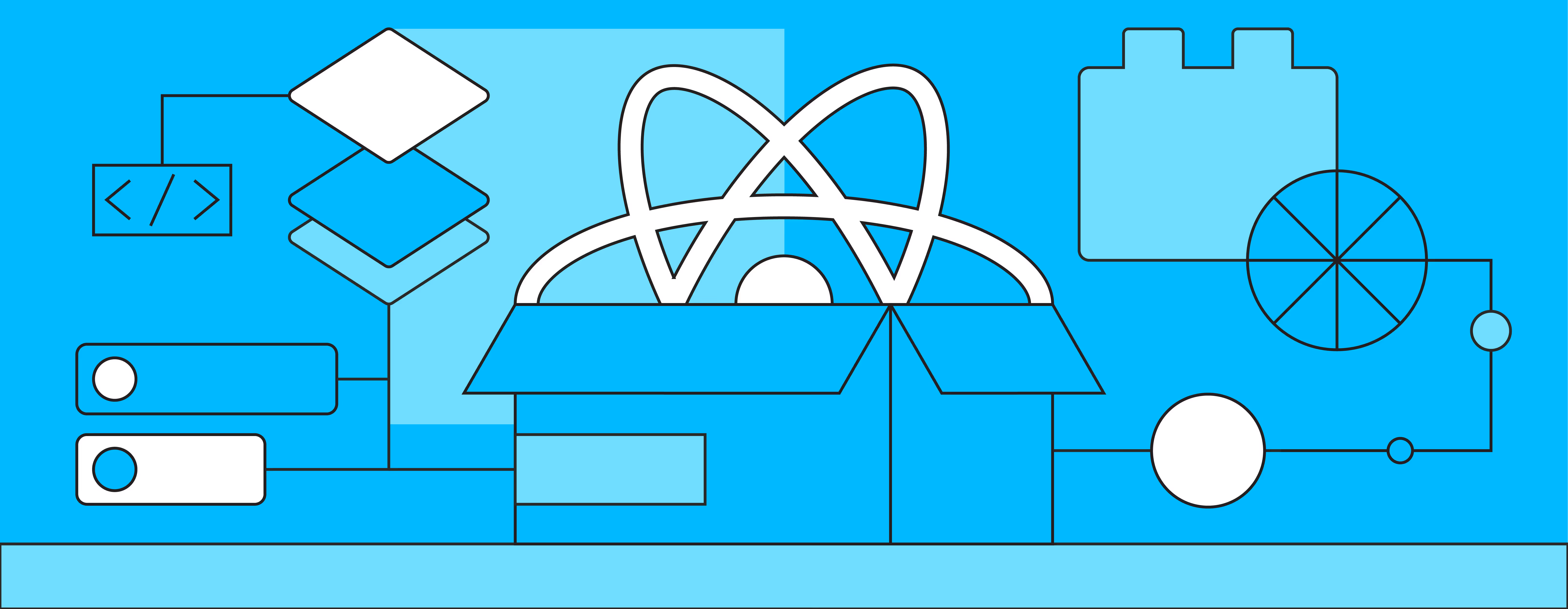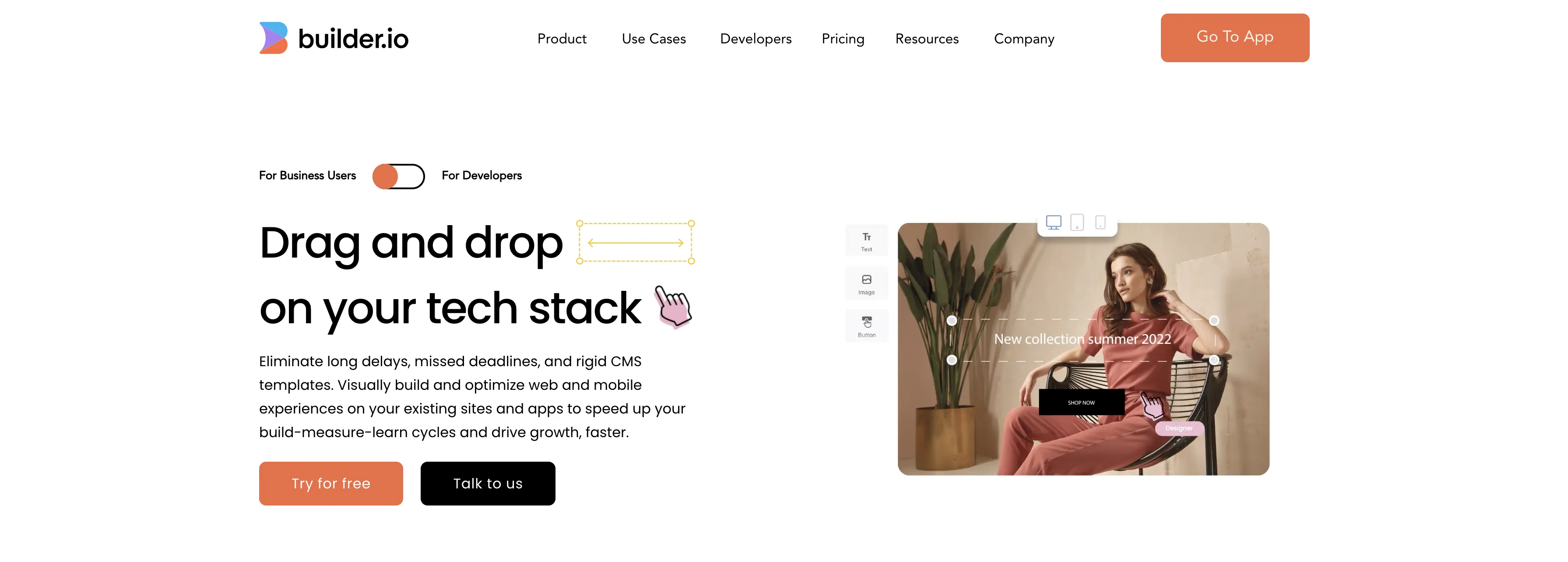From Johannes Gutenberg to Pablo Stanley

The journey of Gergely Diósi, Lead Designer at ff.next from the printing industry to digital product design.
"I'm a digital product designer," is often answered to the question "What do you do?", which in the vast majority of cases, elicits perfectly clear, easy-to-read nonverbal reactions from grandmothers and the older generation: "What does that do?"
Before sharing the answer with you and replying to Grandma together, let’s jump back in my past all the way to the moment of choosing a career path, when I decided to become a mechanical engineer. Yes, dear reader, mechanical engineer. What does material engineering, static elements and gears have to do with the creative profession? Not much, but there was a thin path in front of me which was not trampled yet, however, luckily I found it, stepped on it in time and set off on it.
I wore out my compass and ruler sweating nearly 2 years over the designs of various machine parts, by which time I decided I needed to switch (“I’m taking hobby photos anyway, designing flyers for my friends, I’m full of creative energy”). On the recommendation of my dorm roommate, I enrolled in a light industry engineering training within the university, where I found the Institute for Print Media, Packaging Design and Technology. In the following years, I studied printed communication, packaging technology, and media technology, from typography to prepress preparations.
With my freshly acquired degree in hand, I joined the ranks of job seekers along with so many, determined to find an offset printing company that also has a graphic design department.
Luckily, I succeeded pretty soon and got mentored by a DTP graphic guy with 10 years of experience, from whom I learned a lot about print design. What I really miss from the world of print production is the fragrance of paint and paper in the morning that accompanied me through the production line to the graphics studio. I think a graphic designer only can be really satisfied with his work if it takes on a real, physical form and if he can sniff into the hardcover, thread-stitched book that he designed the cover for, if the spot UV logo on the business card shines when turned towards the light, or if the hardly and fearfully chosen pantone color looks really hot on the packaging. I’ve spent three years in the world of print and I always think back to those times with a smile and warm nostalgia when I see my badge labeled “print is not dead” on the shelf.
What did I bring with me as a print designer into the world of user interfaces? Accuracy and precision, or as the profession holds: pixel-perfect design. As a desktop publisher, it was essential that the dielines be set exactly to the tenths of a millimeter, that the bleeds be in place, or that the margins, paragraphs and text style be consistent throughout the whole layout of a book. I see a lot of extremely talented visual designers who have the hardest time climbing this wall, especially when designing digital interfaces. You need to learn to think in a system, to build design systems and components libraries. You can become a really good UI designer who not only designs beautiful but also usable surfaces if you give space to the left hemisphere of your brain as well.
But why did I decide to leave the printing industry behind?
I also wanted to develop and test myself in a multinational environment. In the following years, I designed catalogs and flyers for large world brands, and designed advertisements and banners for digital campaigns. The turning point in my professional career was the day I asked my supervisor if I could try myself in the digital team - it seemed exciting what my colleagues were crafting in the ranks next door. Luckily, I received a vote of confidence and by putting indesign on the back burner, I dived into the world of user interfaces. It didn’t take long for me to realise: This will be my way! I started studying with huge enthusiasm, and mm became pixel, CMYK turned into RGB, 300dpi to 72, and indesign converted to Photoshop. (Don’t forget, it was 2016, Figma was nowhere to be found back then, and Sketch was also a teenager. Photoshop was the dominant platform for designing digital interfaces, not to mention that we were working in a Windows environment.) I never considered myself creative or talented enough to create visually stunning and very unique graphics as a graphic designer, which is why I always relied on numbers, set exact layouts and used the rules of typography strictly. The goal as a print designer was to make the design manufacturable and feasible. These skills have proven to be very useful in designing user interfaces too.
As I delved more and more into the topic, it became increasingly clear that I needed structured training where I could also get mentoring help from professionals working in this field. Luckily, I found UI Academy, which provides a 3-month intensive training course, with the promise that you can gain marketable UX / UI knowledge if you complete it successfully.
What did I learn?
- basic concepts and history of UI,
- basics of UI design,
- basic design rules (i.e. grid, colours, typo),
- professional characteristics of different types of companies (i.e. agency, large company, startup),
- the basics of accessible design,
- basic animation and illustration techniques;
- and how to create a design that developers can work with.
After completing the training, I received an offer from one of the course leaders & founders, Ferenc Muck, to join their fintech startup team as a junior UX / UI designer. Of course, I said yes right away (I can further expand my knowledge in a corporate environment and even get paid for it?) It’s been 2 years now that the guys at ff.next have included me into the team and since then I’ve been involved in a lot of exciting projects, sometimes even representing the company on my own. I designed UI for domestic and foreign banks, researched and audited startups' user journeys, and built an Austrian financial SaaS reporting dashboard from scratch. I am constantly learning and in this profession it is essential to keep up with the latest trends, technological solutions and patterns.
To frame to my writing, I still owe an answer to Granny:
I am involved in the design of digital products, from the research phase, if necessary, to marketing. The aim of my work is to provide an intuitive, user-friendly and simple experience when you order a new apron from the internet. So I sit in front of a computer in the office.
We hope that you found this blog post useful! Do not hesitate to follow us, so you won’t miss interesting stories in the future either. The professional content of this blog post was provided by Gergely Diósi, Lead Designer at ff.next. Bence Siklós, Business Analyst and Melinda Havas, Head of Marketing & Business Development formed the material into this English article.
















